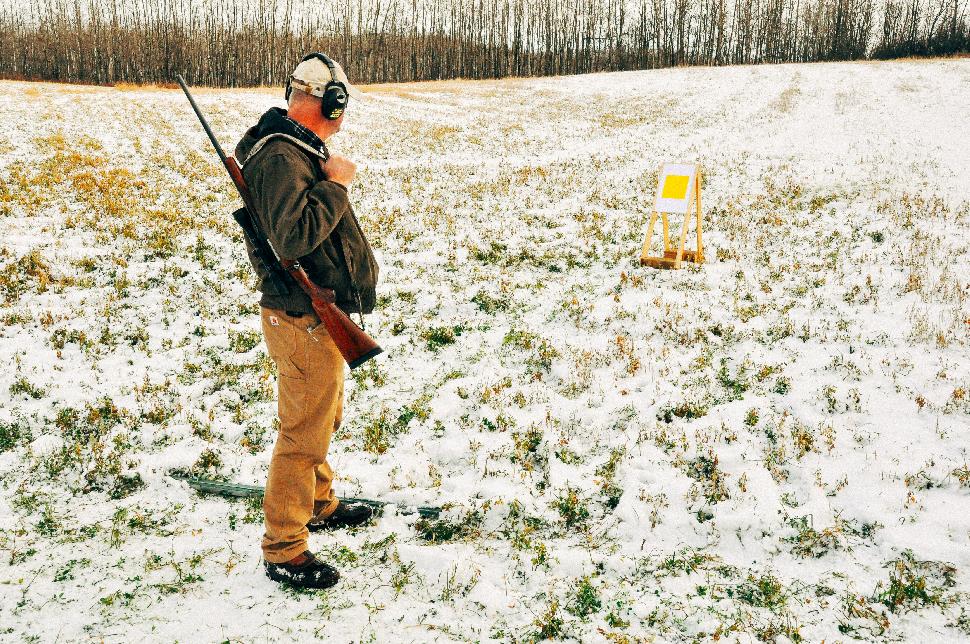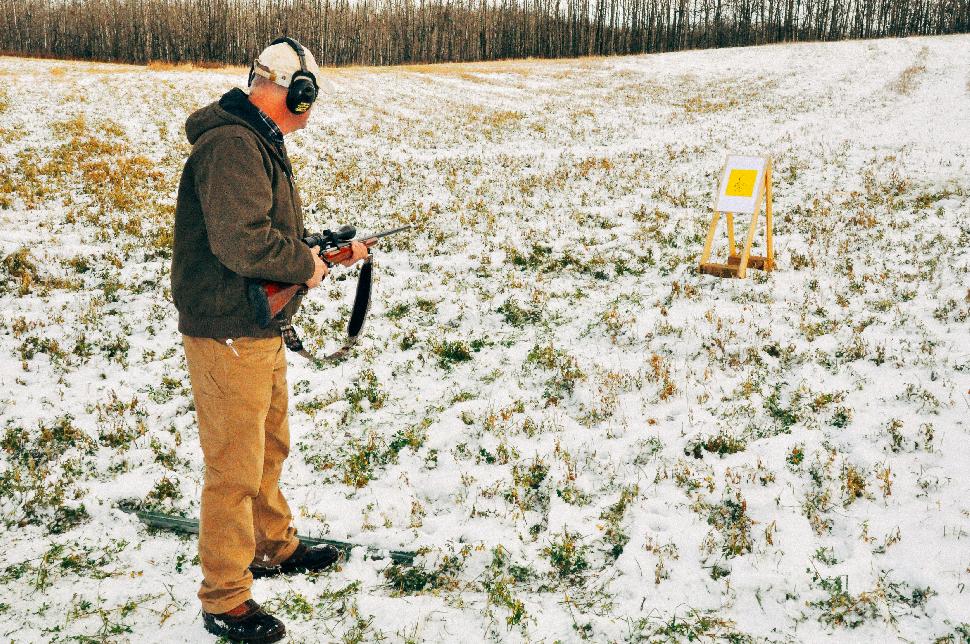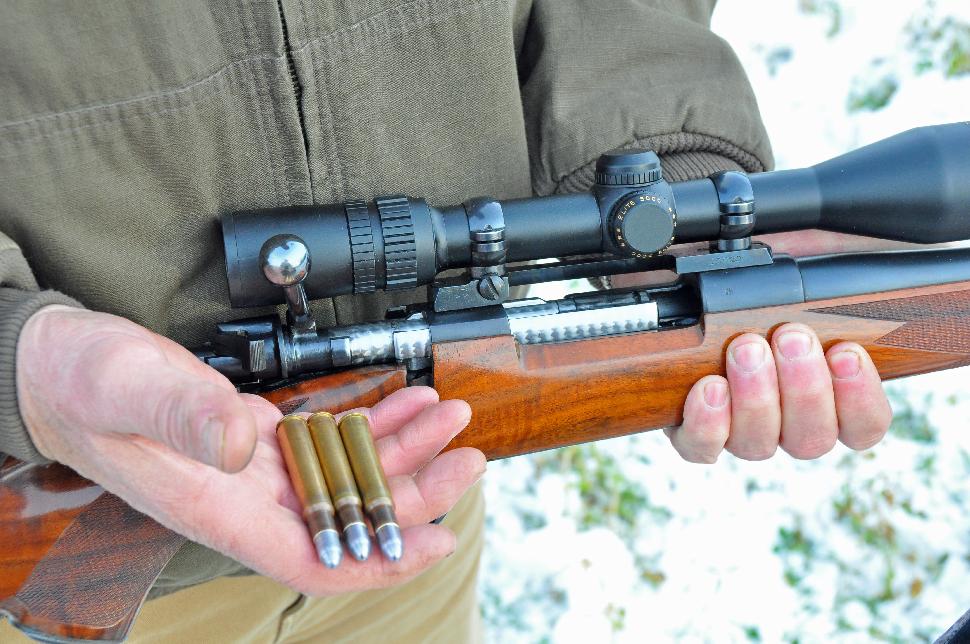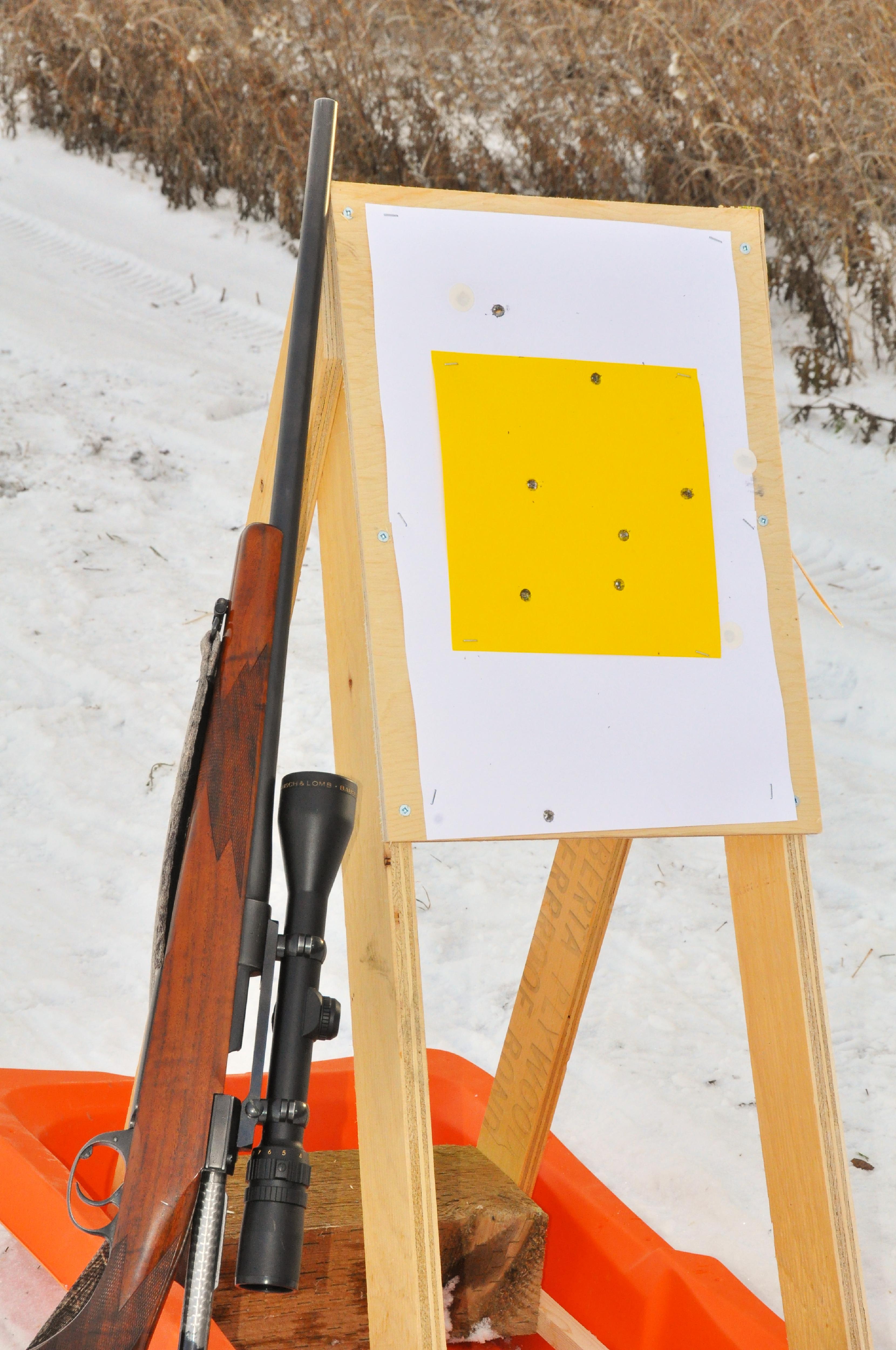“The way I see it, the officer didn’t have to shoot him?” his lawyer told me. “My client was ten feet away. He couldn’t stab anyone from that distance.”
Advertisement
“You’re wrong,” I said. “At ten feet your client could have closed the distance and stabbed the officer before the cop had a chance to launch a meaningful defence.” The scoffing noise on the other end of the phone indicated that she disagreed. In my work as a forensic firearms consultant, this was a conversation I’d had before, so I explained. “It’s called the reaction gap. The officer has to react to someone else’s action, which under lab conditions takes about 0.25 seconds. It’s reasonable to expect it to be longer in the real world. I’m old enough to be retired and from a standing start, I can cross that distance in one second. Your younger client, who is lucky to have survived, could have done it faster. Which means that even with his gun out, the officer still has to react, make a decision to shoot, aim his gun and fire a shot. That all takes time and I’d expect him to get his shot off just as the knife gets buried into his neck. It’s effectively a tie. And in a tie, the officer loses.”
The line went quiet. “It’s a good thing the officer had his gun out,” I added. “An officer with his gun still in the holster, is so far behind the reaction curve that a sudden charging attack by a knife wielding maniac can kill him from as far away as 20 or 30 feet. Which is how long it takes to react, draw a handgun and fire effectively.”
Advertisement
“But it was only a knife,” she said, trying a different angle.
It was my turn to scoff. “At close range, knives are as deadly as guns. They don’t jam, rarely break and never run out of ammo.” She had a few more questions and I answered those too, even suggesting that I recreate the scenario and test reaction times to demonstrate what could have happened. She declined.
Advertisement
This wasn’t a unique conversation in my business and I filed it away in my mind with others. However, a few days later I heard a news story of a hunter killed by the sudden attack of a bear. A week later it happened to another hunter. That’s when a couple of neurons connected in my brain and I began to wonder what the reaction gap is for a typical rifle toting hunter attacked by a bear. Like a police officer confronted with an offender armed with an edged weapon, at what point is it necessary to shoot, because if suddenly charged, you’re too far behind the reaction curve to launch a meaningful defence? Since I had no idea, I determined to find out.
My friends are used to being recruited for bizarre experiments, so it came as no surprise when I proposed another one. For this test I picked a fellow hunter and on a mutually agreeable day we loaded the truck with all the gear I’d prepared, heading for the field of a friendly farmer to do some shooting. The local shooting range would have been preferred, but the rules of that facility don’t allow for this kind of experimentation.
My first goal was to see how fast a bolt-action rifle could be brought into action and fired from an assortment of ready positions. To keep things simple, I narrowed it down to three conditions of readiness for gun and hunter. I assigned each a descriptive colour code common to self-defence firearms training and which applies perfectly to our experiment.
Condition White: Here the hunter is unaware of and not expecting any danger. The rifle is over his shoulder in a typical sling carry. The magazine is loaded, but the chamber is empty.

Condition Orange: The hunter sees a bear and recognizes potential danger. But the bear is not acting aggressively, nor is it retreating. The rifle is in hand, the chamber and magazine are both loaded. The safety is on, but the hunter’s thumb is ready to disengage. Finger is off the trigger.
Condition Red: The hunter sees a bear that is acting aggressively and constitutes a real and present danger. Magazine and chamber are loaded, the butt of the rifle is on the shoulder and the safety is off. Muzzle is pointed in a low ready position towards the bear and the hunter is watching the bruin over the gun. Finger is, of course, off the trigger until the decision is made to shoot.

Research told me that an average bear stands about three feet high at the shoulder, so I used a target of that height. However, because I wanted a simple hit-or-miss scoring system, I was at a loss as to the size of the target. It’s obvious that to stop a bear attack immediately, a hit to the central nervous system (brain or spine) is required, but a hit that breaks a front shoulder or leg will likely stop an attack as well. Lacking the skills to make and score an anatomically correct three-dimensional bear target, I used a somewhat arbitrary eight inch square piece of coloured paper as the “bulls-eye.”
Since this experiment is all about time and reaction, I also utilized an electronic timer of the kind regularly seen in action shooting competitions. In use, the timer emits a loud beep to start an internal clock and then “listens” for the sound of a gunshot. After which, it displays the time interval between beep and gunshot.
My friend and I both shot from each of the three ready conditions, firing three shots from each at the eight-inch target placed five yards away. The object was to try and get a hit in as little time as possible. Combining and averaging our scores, the time required to react to the buzzer and score a hit was as follows:
Ready Condition Time to Hit
Cond. White: 4.04 seconds
Cond. Orange: 1.42 seconds
Cond. Red: 0.83 seconds

No surprises there. The higher the state of readiness for both gun and hunter, the faster a hit could be delivered. However, this still leaves the question of how much distance these times will buy a hunter. For example, a hunter in condition white, who stumbles between a sow and her cubs, thus becoming the target of a roaring freight train of teeth and claws, has how large a safety distance within which to react and shoot the bear?
It’s easy to determine this with humans, again using a shooting timer. One of us held the timer, while the other backed off the required distance. At the beep he charged full speed towards the timer, slapping it with an open hand on the way by. The timer interprets the slap as a gunshot giving us the time from beep to contact. However, it’s important to remember that when we made these attacks we had to react to the timer’s beep before starting to charge. A person or an animal deciding to charge doesn’t have to react to anything, they start the action. Therefore, to be valid, we need to subtract reaction times from the charge times. An average human reaction time of 0.25 seconds is legitimate, and when that’s subtracted, we have how long it takes a human to cover a specific distance and deliver a stab wound.
But what about bears? We know they can run faster than humans. My research revealed several sources stating a bear can run about twice as fast. It’s a number that seems plausible to me, especially since short distance sprints are largely a matter of explosive muscle power, which bears have in spades. Combined with their built-in four wheel drive, I have no doubt bears can run twice as fast as I can. And if that’s correct, it means we have to cut the corrected human charge times in half. Combined, it looks like this:
| Distance | Raw Human Charge Time | Corrected Human Charge Time | Calculated Bear Charge Time |
| 5 Yards | 2.03 seconds | 1.78 seconds | 0.89 seconds |
| 10 Yards | 3.18 seconds | 2.93 seconds | 1.47 seconds |
| 15 Yards | 4.17 seconds | 3.92 seconds | 1.96 seconds |

Now it gets interesting. Comparing the bear charge times to the shooting times in the first chart we see it takes about 1.5 seconds for a bear to charge 10 yards; about the same time it takes to deliver an accurate shot from condition orange. It’s a tie. But remember what I said about ties? Just like in law enforcement, a tie is a loss for the good guy. I’d suggest a hunter needs at least another five yards of safe distance to prevent that tie. Making 15 yards a minimum safe distance for a hunter in condition orange.But now the bear becomes more aggressive and moves closer, prompting our hunter to go from condition orange to red, shouldering the rifle and disengaging the safety. This shaves 0.6 seconds off the hunter’s reaction time. How much distance has this purchased? The numbers here suggest it’s a tie at five yards, making 10 yards a minimum distance.And for the poor hunter who has no idea there’s a bear nearby and about to attack, the numbers are so big we have to extrapolate. The calculated bear charge times suggest that after the initial get-up-to-speed five-yard phase, a bear can cover each additional five yards in half a second. Considering a four second hunter reaction time from condition white, a 40 yard charge will result in that unpleasant tie, with 45 or 50 yards needed for a safe outcome. Scary.But let’s not forget those calculated safe distances of 10, 15 and 45 yards are all dependant on a hunter being able to deliver a single killing shot to a small rapidly moving target while facing the threat of gruesome death. How hard is it to deliver a shot like that? Since we were running time tests on make-believe bears I thought we’d try and shoot a charging one too. To do this, I mounted our target on a plastic toboggan and used a rope to pull it down a slope towards the hunter. This ended up working better than expected, as the snow on the ground made the toboggan slide faster than either of us could run.We performed this shooting test only in condition orange, setting our bear15 yards from the hunter—the minimum calculated distance for that state of readiness. To keep things interesting, we loaded the magazine too, determining that if we were fast enough, we’d put two shots into the bear. Performing five runs each gave us the opportunity to put a maximum of 20 bullets into the target.All our shooting at the charging bear resulted in a total of nine hits, with two runs scoring zero hits on target; including one run in which the shooter had an unintentional discharge into the ground while reacting. Thus serving to illustrate how horribly wrong things can go, even in a simulated attack. First shots were typically fired when the bear was seven to eight yards distant, demonstrating the distance numbers we’d calculated using the first two tests were close to being valid. And as for two shots, when the gunsmoke cleared we’d managed a pair of shots on only four of the ten runs. The second shot, when we managed to fire it, was always near contact distance. Because there are so many variables involved in trying to hit a charging target, it’s likely not valid to do much analysis of these results, other than to conclude that delivering a one-shot bear stopping hit during a full speed charge can be done, but it’s just as easy to miss completely.So, what does it all mean? On the surface, the results I generated suggest a hunter in condition red shouldn’t let an aggressive bear approach any closer than about 10 yards. If it does, the hunter may be justified in launching pre-emptive bullets before the bear charges. But note the use of the word “may.” Just as in deadly human encounters, there are other factors to consider; including the ability of the hunter to retreat, the terrain between bear and hunter, the availability of bear spray and the presence of other hunters. And like all self-defence shootings, any hunter who kills a bear without a valid tag can be assured of facing close scrutiny by the law. I’m not claiming to be a bear expert, so I’m not giving general advice here on how to handle threatening or aggressive bears. All I’ve done is apply some testing procedures used in deadly force human encounters to a bear attack to demonstrate how difficult and dangerous dealing with bears can be.This was a fascinating exercise and it reinforces the importance of hunters being alert to potential danger while in bear country. I’ll leave it to bear experts to look at these findings and incorporate them into their teaching as they see fit. I’m just glad bears can’t read this and learn how easy it would be to have hunter casserole every season.